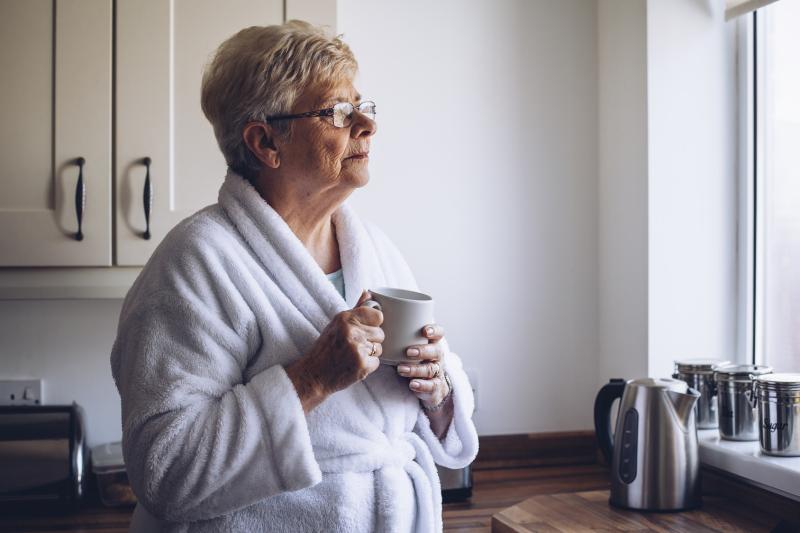 Elderly thinking becoming frail and slow is 'normal'
Elderly thinking becoming frail and slow is 'normal'Majority of elderly adults meet the recommended total sleep time (TST), a new Ireland study has found. Suboptimal sleep in this population appear to be related to modifiable factors, such as medication, employment and physical activity.
Researchers conducted a cross-sectional analysis on 1,533 elderly adults (mean age, 67.5±9.1 years) who were given a wrist-worn accelerometer for the measurement of sleep parameters. Among the data collected were TST and self-reported sleep problems. The US National Sleep Foundation guidelines were used as basis for determining whether participants met sleep recommendations.
The mean TST was 463±73 minutes, with entries ranging from 164 to 779 minutes. Majority (80.2 percent) of those aged 50–64 years met the recommended sleeping range of 7–9 hours; 15.0 percent slept less, and 4.8 percent slept longer.
In the ≥65-year age group, 61.1 percent met the recommended sleeping duration of 7–8 hours, with 13.0 percent and 25.9 percent having shorter and longer TSTs, respectively.
Multinomial logistic regression analysis found that having self-reported sleep problems significantly decreased TST (B, –3.58, 95 percent confidence interval [CI], –6.00 to –1.17; p<0.01) while increasing the risk of short sleep (relative risk ratio [RRR], 1.12, 95 percent CI, 1.01–1.23 p<0.05).
On the other hand, those who were retired (RRR, 3.36, 95 percent CI, 1.91–5.90; p<0.001) or unemployed (RRR, 2.64, 95 percent CI, 1.42–4.92; p<0.01) were more likely than their employed counterparts to have longer sleep. The same was true for age (RRR, 1.05, 95 percent CI, 1.03–1.08; p<0.001) and use of antidepressant medication (RRR, 1.66, 95 percent CI, 1.03–2.70; p<0.05).
Physical activity likewise had an important role to play. Moderate physical activity cut the risk of short sleep (RRR, 0.67, 95 percent CI, 0.45–0.99; p<0.05) relative to low levels. High physical activity was inversely correlated with the likelihood of long sleep (RRR, 0.60, 95 percent CI, 0.39–0.93; p<0.05).